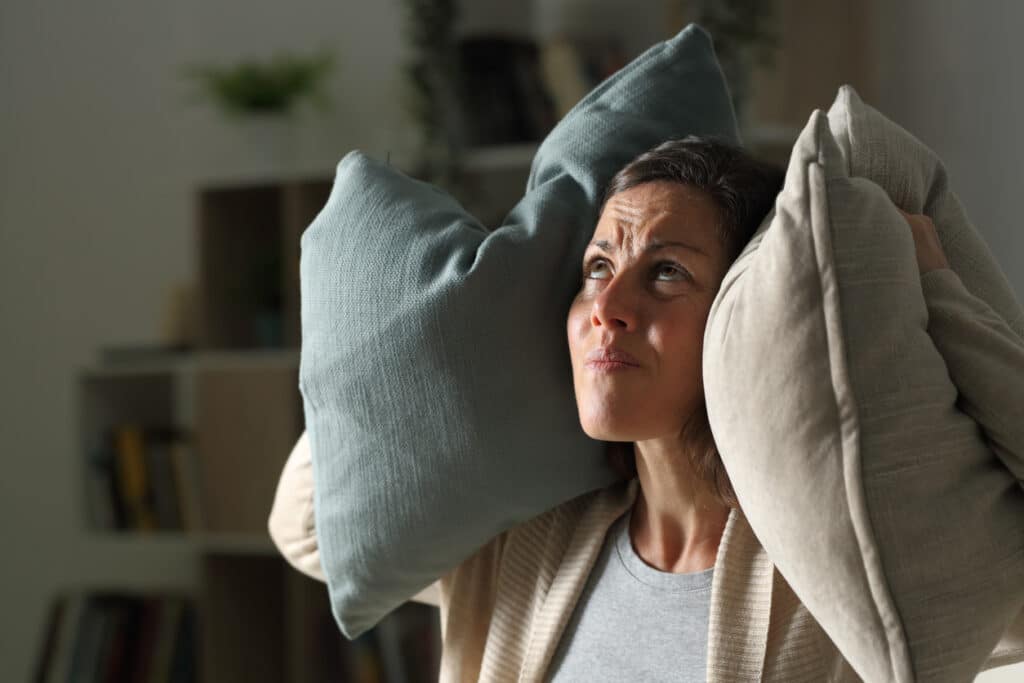Noise pollution is an ever-present part of modern life, from the constant honking of cars in traffic to the overlapping conversations and live music at places like The Social Pub & Grill. Understanding the impact of this environmental noise on our hearing health is crucial. By recognizing how noise pollution affects us, we can proactively mitigate its effects and safeguard our hearing over time.
How Do We Understand Noise?

Understanding the hearing process is essential to appreciating the risks of noise pollution. Listening involves a complex pathway: sound waves enter the ear canal, causing the eardrum to vibrate. The ossicles (the small bones in the middle ear) transmit these vibrations to the cochlea, a spiral-shaped structure in the inner ear. Inside the cochlea, the movement of tiny hair cells triggers the transmission of signals to the auditory nerve, which then carries these signals to the brain to be interpreted as sound.
How Does Loud Noise Impact Our Hearing?
The impact of loud noise on hearing cannot be understated. Sound intensity is measured in decibels (dB), with normal conversation levels at about 60 dB and louder sounds, like shouting or barking, reaching 110 dB. The Centers for Disease Control and Prevention identifies the threshold for potential hearing damage as exposure to noise levels above 70 dB over prolonged periods or immediate exposure to levels exceeding 120 dB. Exposure to sounds above these thresholds can overstress the delicate hair cells in the ear, leading to permanent hearing damage.
Fortunately, there are strategies to protect against noise-induced hearing damage. Though it may not always be possible to reduce the volume of external noise sources such as traffic or construction, measures can be taken to minimize their impact on your hearing.
Using earplugs is an effective way to lessen the intensity of sound reaching the ears. They can be particularly useful in environments known for excessive noise, such as concerts or construction sites. Additionally, periodic breaks from loud environments can give the ears the necessary rest. Another practical tip is to maintain the volume of personal audio devices within a safe range, ideally between 70 and 80 dB. Most smartphones have optional decibel limits in their settings. Try setting these limits on your and your family’s personal devices.
Incorporating these practices into your daily life can significantly contribute to preserving hearing health amidst the challenges posed by noise pollution. For more information on protecting your hearing or to address any concerns, contact Today’s Hearing today to make an appointment with one of our specialists.